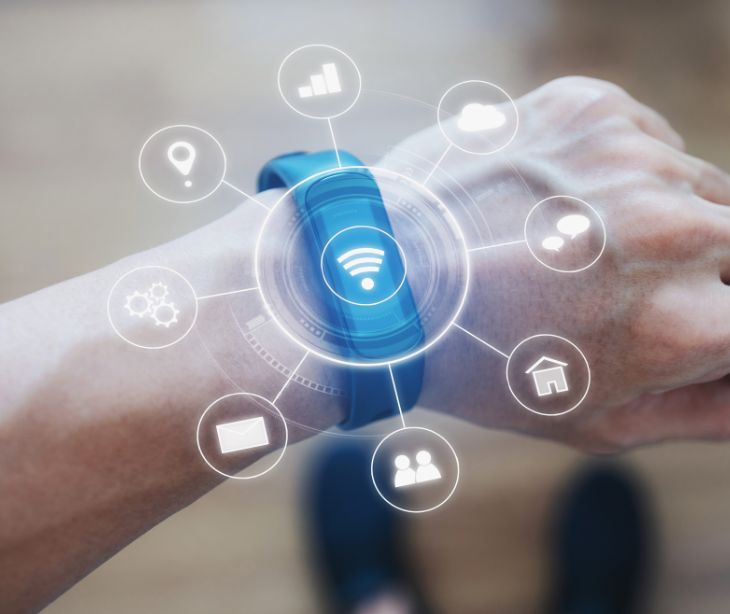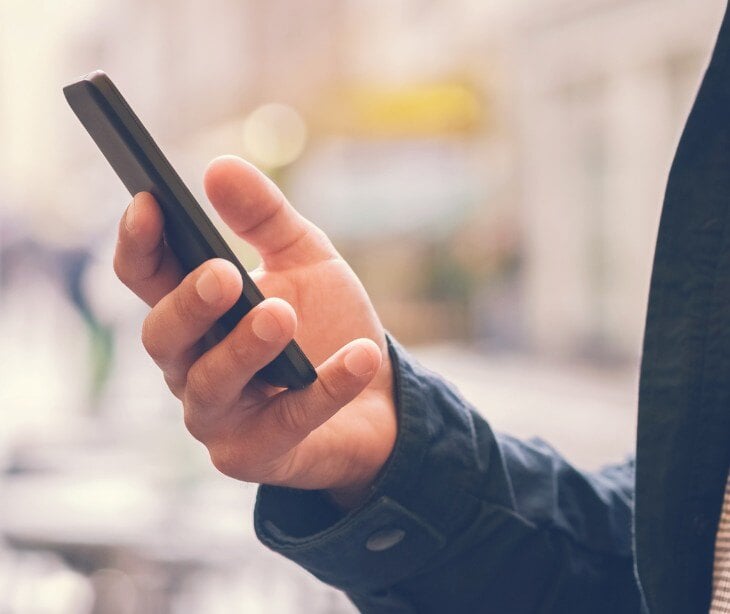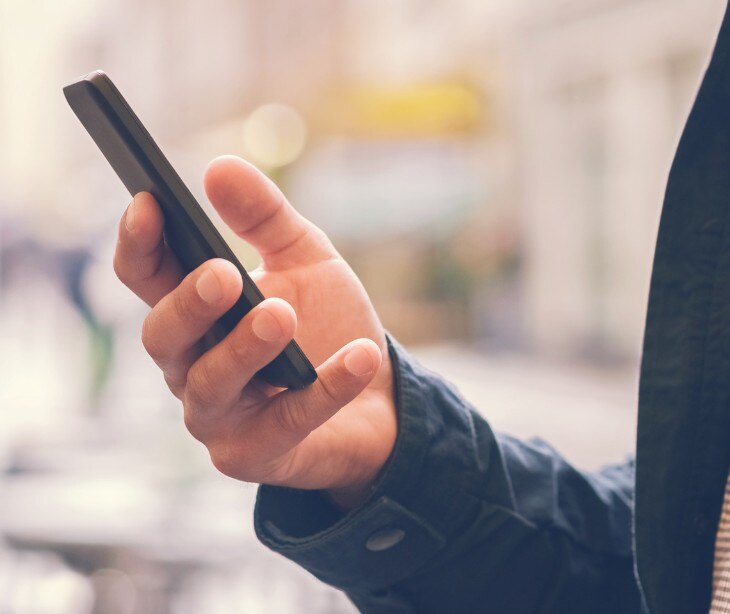
Internet of Things (IoT) devices collect and share health-related data in real time, from wearable fitness trackers to advanced medical equipment. Integrating IoT devices into text messaging in healthcare settings enables healthcare providers and patients to communicate effectively. For instance, patients can receive text messages with reminders to take their medication, while healthcare professionals can get instant alerts about changes in a patient's condition.
The benefits of integrating IoT with text messaging
- Patients receive timely reminders for medication and appointments via text messages.
- Healthcare providers can monitor patients' health statuses in real time with alerts sent directly to their phones.
- It enhances patient engagement by keeping them informed and involved in their own healthcare.
- Emergency situations can be quickly addressed with instant notifications to medical personnel.
- Streamlines communication between patients and healthcare providers, making it more efficient.
- Reduces the need for in-person visits, saving patients and healthcare facilities time and resources.
- Allows personalized care plans by providing tailored health updates and advice through text messages.
See also: The guide to HIPAA compliant text messaging
What are some practical applications of IoT devices integrated with text messaging?
Remote patient monitoring
Wearable health monitors can track vital signs like heart rate, blood pressure, and glucose levels, sending this data via text to healthcare providers. This allows real-time monitoring of patients with chronic conditions or those recovering from surgery, enabling timely interventions when necessary.
Emergency alerts
In an emergency, such as a fall detected by a wearable device or abnormal vital signs, an automatic text message can be sent to family members or healthcare providers, facilitating a quick response.
Patient education and health tips
Healthcare providers can send educational information and health tips tailored to patients' specific health conditions via text messaging. This ongoing support can help patients manage their health more effectively.
Post-discharge follow-up
After hospital discharge, patients can receive text messages prompting them to report on their recovery progress, ask questions, or schedule follow-up appointments. This helps ensure continuity of care and reduces readmission rates.
Feedback and surveys
Healthcare facilities can use text messaging to gather patient feedback about their experiences, helping to improve service quality and patient satisfaction.
Disease outbreak notifications
In a local disease outbreak, healthcare providers can send text alerts to at-risk populations, providing information on preventive measures, symptoms to watch for, and where to seek treatment.
See also: What are Internet of Things (IoT) attacks?
How can IoT devices be configured to send and receive text messages?
Hardware components
- IoT device with connectivity module: The core of the setup is the IoT device itself, which should have a module capable of cellular connectivity. This can be a built-in feature of the device or an external module connected to it. Popular modules include GSM (Global System for Mobile Communications) or LTE (Long-Term Evolution) modems that can send and receive SMS messages.
- SIM card: A SIM (Subscriber Identity Module) card is required for the device to connect to a cellular network. The SIM card must have an active subscription plan that includes SMS services.
- Antenna:An external antenna may be needed for devices in remote or indoor areas with poor signal strength.
Software components
- SMS gateway: An SMS gateway serves as a mediator between an IoT device and the cellular network, allowing for the exchange of SMS messages. This communication can occur online or through the cellular network, depending on the specific setup.
- Device firmware: The IoT device needs firmware that supports SMS functionality. This includes drivers for the modem and the implementation of AT (Attention Commands) commands or an API (Application Programming Interface) provided by the modem manufacturer to send and receive SMS messages.
- Application logic: On top of the firmware, application logic is required to define when and how SMS messages are sent or received. This includes programming conditions for sending alerts, processing incoming messages to trigger actions, and formatting outgoing messages.
Configuration process
- Install SIM card and antenna: Insert the SIM card into the IoT device or connectivity module and attach the antenna if necessary.
- Configure cellular network settings: Set up the device or module to connect to the cellular network. This typically involves configuring the APN (Access Point Name) settings provided by the network operator and ensuring the device can establish a network connection.
- Implement SMS functionality: Program the device with the necessary commands to send and receive SMS messages. This involves using AT commands or an API to interact with the modem. For example, to send an SMS, you might use an AT command like AT+CMGS="<phone number>" followed by the message content and a termination character.
- Develop application logic: Write the application logic that determines how the device reacts to incoming messages and under what conditions it sends messages. This could include parsing received SMS for commands or encoding sensor data into outgoing messages.
- Test and troubleshoot: Once configured, test the device in various scenarios to ensure it can reliably send and receive SMS messages. Troubleshoot any connectivity, hardware, or software issues that arise.
See also: Top 10 HIPAA compliant email services
FAQs
Are there any security concerns with IoT devices sending SMS messages?
Yes, security is a major concern. Implementing measures such as encrypting messages, securing the device against unauthorized access, and ensuring that the device and communication comply with relevant regulations and standards is necessary.
How can I minimize power consumption for battery-powered IoT devices using SMS?
Optimize the device's sleep and active cycles, use low-power modes of the cellular module, and minimize the frequency of sending and receiving messages to extend battery life.
Do I need any special cellular plan for IoT devices to send SMS messages?
While you don't necessarily need a special plan, your SIM card must have an active subscription that supports SMS messaging. Some providers offer plans tailored for IoT devices with low bandwidth and SMS requirements.
Subscribe to Paubox Weekly
Every Friday we'll bring you the most important news from Paubox. Our aim is to make you smarter, faster.




